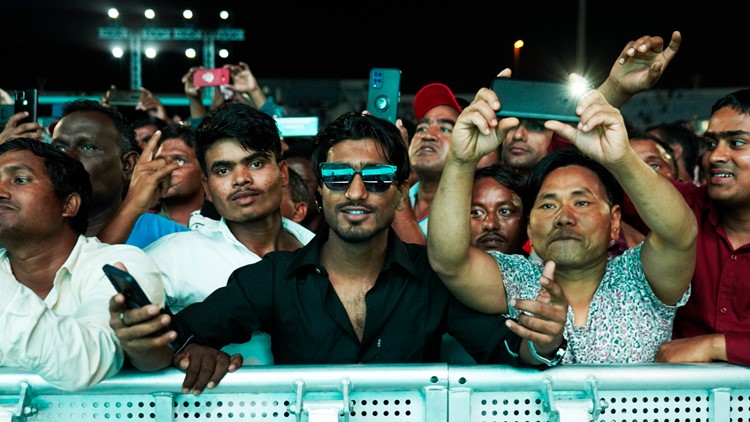DOHA, Qatar — Far from Doha's luxury hotels and sprawling new World Cup stadiums, scores of South Asian workers poured into a cricket ground in the city’s sandy outskirts to enjoy the tournament they helped create. Unlike the official FIFA fan zone near Doha’s pristine corniche, this one has no $14 beer or foreign tourists. There are few food options beyond deep-fried Indian snacks, scant soccer jerseys in the crowd and even fewer women.
Instead, the grassy pitch in Asian Town, a neighborhood of labor camps, is packed with migrant workers from some of the world’s poorest countries. They power Qatar, one of the world’s richest, and helped accomplish its multi-billion-dollar stadium-building effort. Their treatment has been the controversial backstory of the 2022 World Cup , ever since Qatar won the bid to host the soccer championship.
They can face low wages, inhospitable housing and long hours, often in the scorching heat. But on Friday night as the Netherlands played Ecuador, the bleachers of the cricket stadium heaved with workers reveling on their one day off of the week. The lucky ones scored a small number of World Cup match tickets that went on sale for just 40 riyals ($10) — a special cheaper ticket category for Qatar residents.
But for those who can’t afford to go to gleaming stadiums, the giant screens in Asian Town have become a key glimpse into the tournament that has reshaped the tiny emirate. “Who can afford to go? I keep 400 riyals ($109) a month.


















